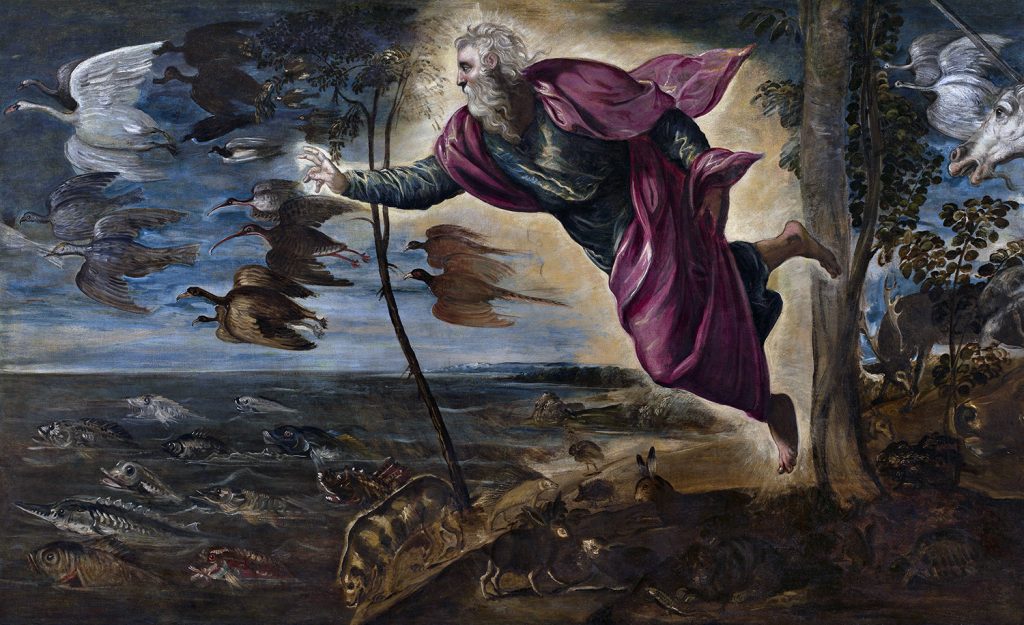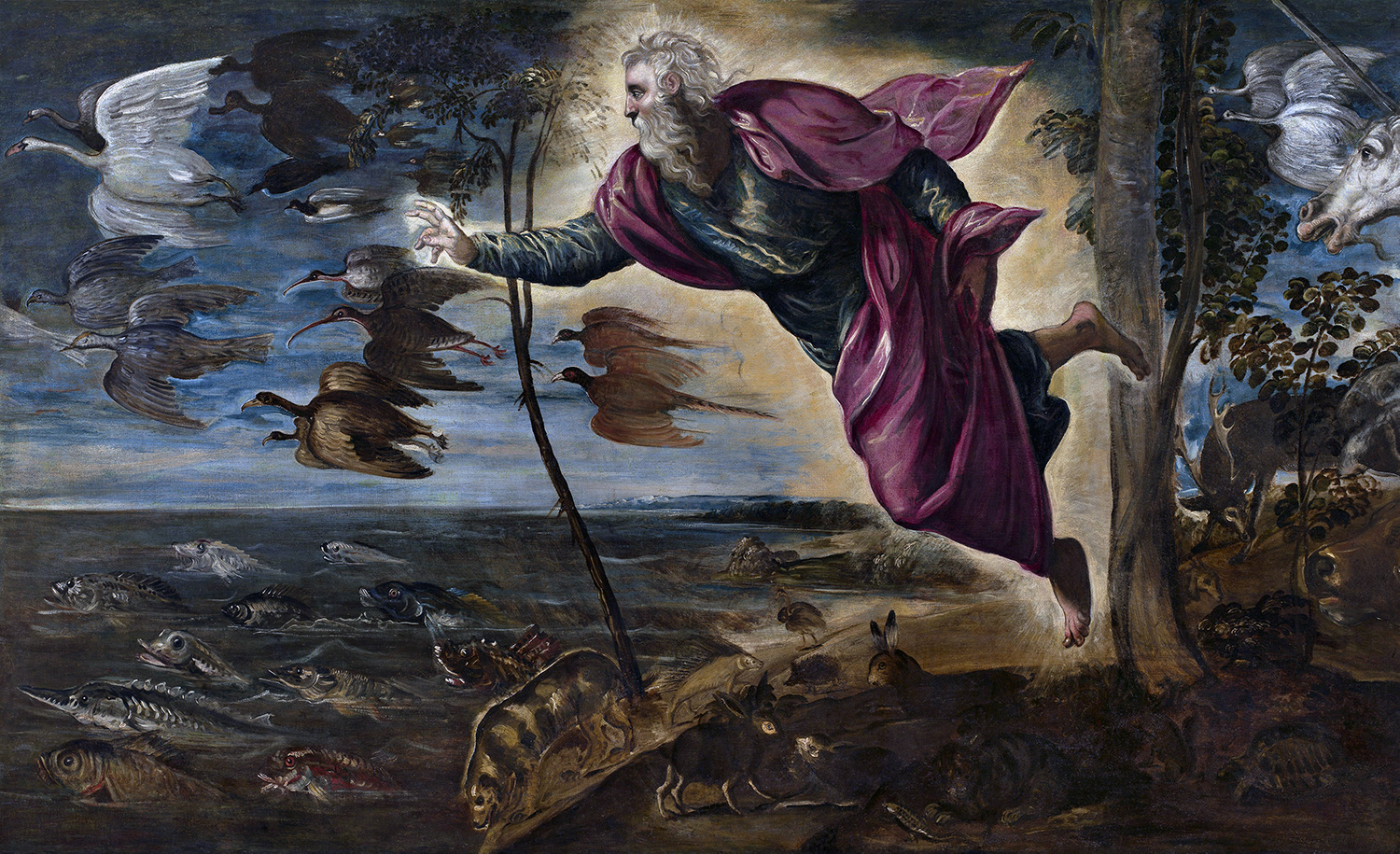
Exploring Rembrandt’s Inspiration: The Influence of the Story of Queen Esther

Title: Interweaving Narratives: “The Book of Esther in the Age of Rembrandt” at the Jewish Museum
The Jewish Museum’s latest exhibition, The Book of Esther in the Age of Rembrandt, ambitiously explores how the biblical figure of Esther—a Jewish queen who saved her people from destruction in ancient Persia—resonated within the Dutch Golden Age. Through a curated selection of art, Judaica, and historical context, the exhibit situates Esther as both an emblem of Jewish resilience and a symbolic figure in a period defined by political upheaval and cultural exchange.
Spanning from paintings and etchings to scrolls and ceremonial objects, the exhibit draws visitors into an era where Jewish identity and Dutch independence found an unlikely but compelling overlap.
Rembrandt and the Amsterdam Connection
The heart of the exhibition lies in Amsterdam during the 17th century, a time when the city had become a haven for Sephardic Jews fleeing the Inquisition. The Dutch Republic’s relatively liberal policies of religious tolerance attracted Jewish merchants, intellectuals, and artists alike, fostering a vibrant, multicultural society.
Rembrandt van Rijn lived in the Vlooienburg district of Amsterdam, a neighborhood populated with Jewish residents and institutions. His proximity to this community profoundly influenced his work. Pieces such as The Great Jewish Bride (1635) and Jews in the Synagogue (1648) reflect his curiosity and appreciation for Jewish customs and heritage.
The exhibit also pays tribute to Menasseh ben Israel, a prominent Amsterdam rabbi and publisher. His inclusion through portraits and printed works highlights Judaism’s intellectual influence during the Dutch Republic’s cultural blossoming, affirming its integral role in the broader mercantile and artistic networks of the time.
The Esther Narrative: Central Yet Strained?
The Book of Esther recounts how Queen Esther risked her life to foil Haman’s genocidal plot against the Jews. This theme of deliverance and identity preservation naturally appealed to Jewish communities and artists alike. The exhibition attempts to draw a parallel between Esther’s courage and the Dutch fight for sovereignty during the Eighty Years’ War (1568–1648) against Spanish rule. In both narratives, liberation and identity intertwine.
However, some of the exhibition’s curatorial choices raise critical questions. While artworks like Jan Steen’s The Wrath of Ahasuerus (1668–70) and Aert de Gelder’s detailed scenes from the Esther story appropriately capture the narrative’s drama and moral significance, other works seem less directly related. For example, Rembrandt’s Self-Portrait at Age 23 (1629), compelling in its own right, lacks a clear connection to the Esther narrative.
The attempt to interpret many female figures in lush garments as representations of Esther—especially when their historical identities remain ambiguous—sometimes weakens the exhibition’s scholarly rigor. The portrait A Jewish Heroine [probably Esther] from the Hebrew Bible (c. 1632–33), for instance, could represent Judith, Bathsheba, or even a secular woman, but is presented with unwarranted certainty as Esther.
Interfaith and Cultural Dialogues
One of the exhibition’s greatest strengths lies in its documentation of cross-cultural and interfaith exchanges in 17th-century Amsterdam. Christian ministers appear holding Hebrew Bibles, Persian textiles and silver Torah ornaments are displayed side by side, and printed Esther scrolls showcase intricate, Eastern-inspired artistry. These elements underscore the pluralistic fabric of Dutch society and how artistic styles and religious traditions borrowed from one another.
Works of Judaica, like the Order of Prayers from 1625 published by David Abenatar Melo, demonstrate Amsterdam’s pivotal role in both the Jewish diaspora and early modern print culture. These objects anchor the exhibition in tangible cultural practices, deepening visitors’ understanding of how biblical tales like Esther’s were continually interpreted and reinterpreted.
Contemporary Reflections and Thematic Overreach
The final galleries introduce more modern perspectives, such as Fred Wilson’s Queen Esther/Harriet Tubman (1992), which connects biblical Esther with the African American abolitionist. While thematically aligned around resistance and liberation, the inclusion feels disconnected from the primary focus on Rembrandt and 17th-century Dutch art, potentially diluting the curated narrative.
Similarly, while it’s commendable that the Jewish Museum seeks to explore new angles beyond its 1982 exhibition on Rembrandt and the Jews, its attempt to tether every piece back to Esther often stretches interpretative credibility. The absence of key Rembrandt works directly referencing Esther—due to their permanent homes in Russian collections—leaves a noticeable void in anchoring some of the exhibit’s more ambitious claims.
Conclusion: A Valuable, if Incomplete, Exploration
The Book of Esther in the Age of Rembrandt offers important insights into how Jewish identity, political freedom, and art intersected in one of Europe’s most dynamic historical moments. While some interpretative leaps and curatorial decisions may weaken its cohesion, the exhibition still succeeds